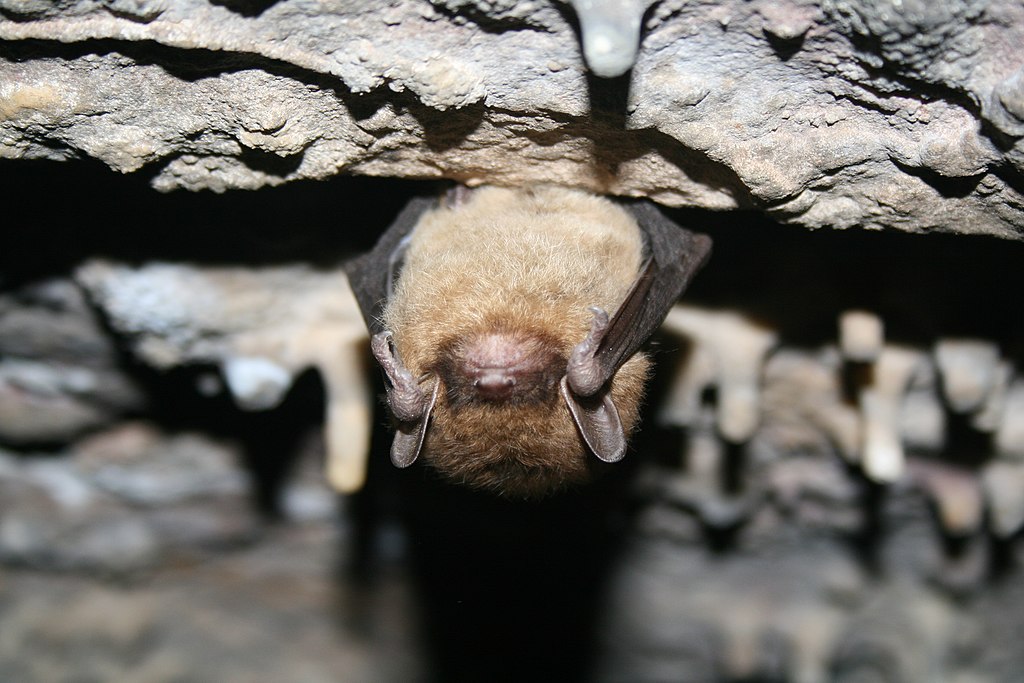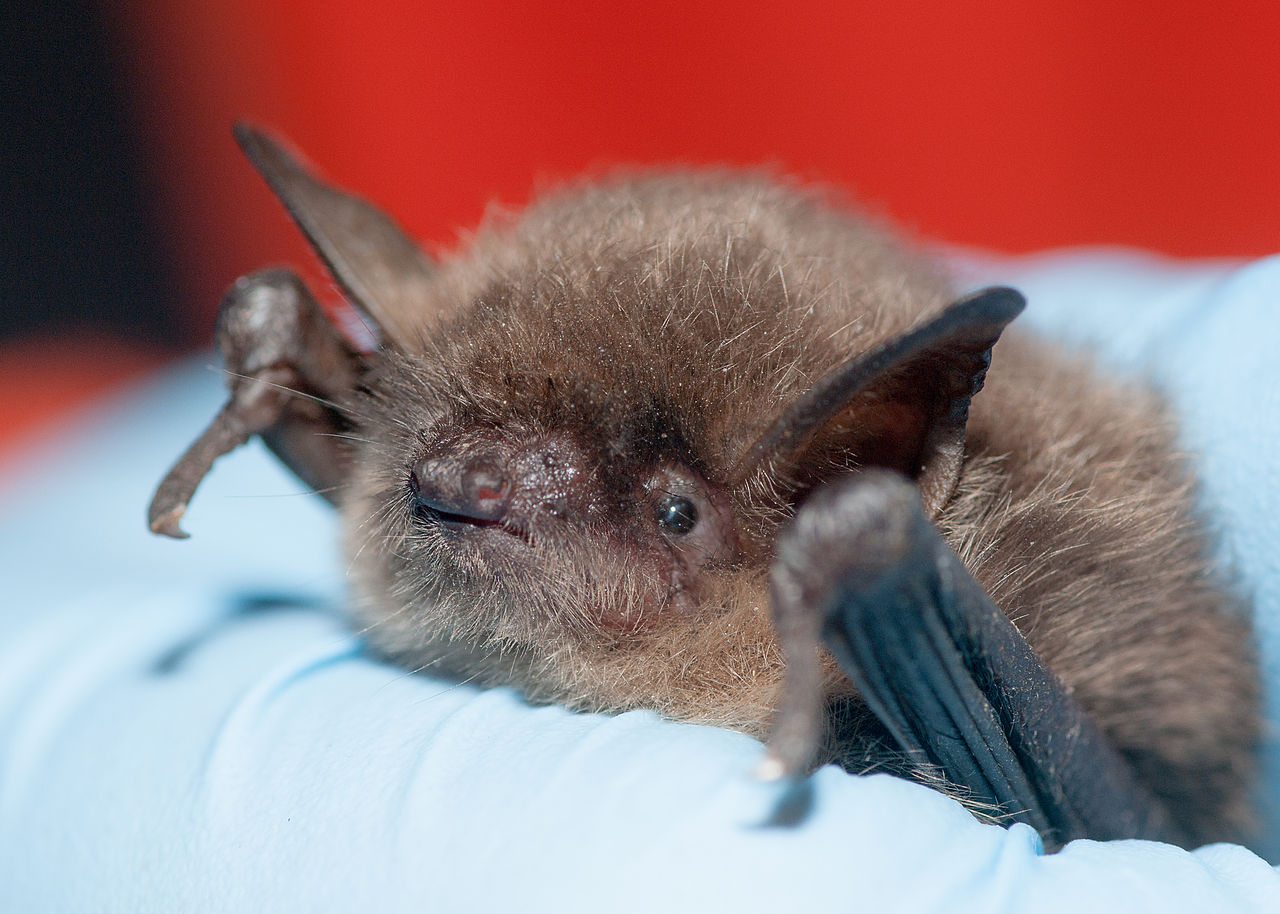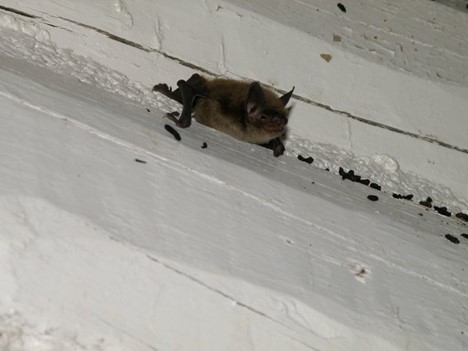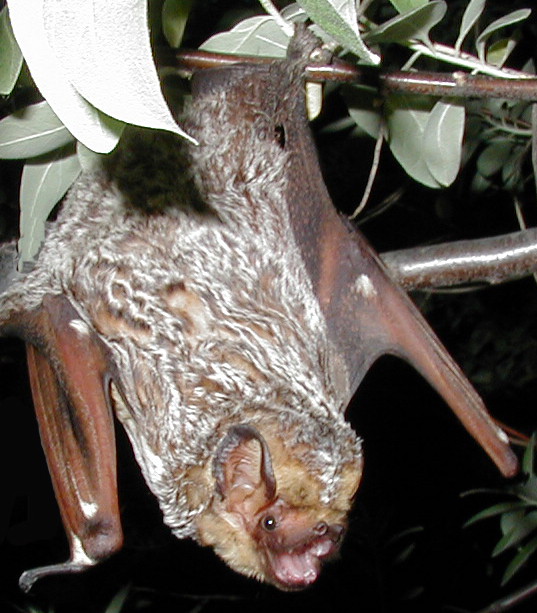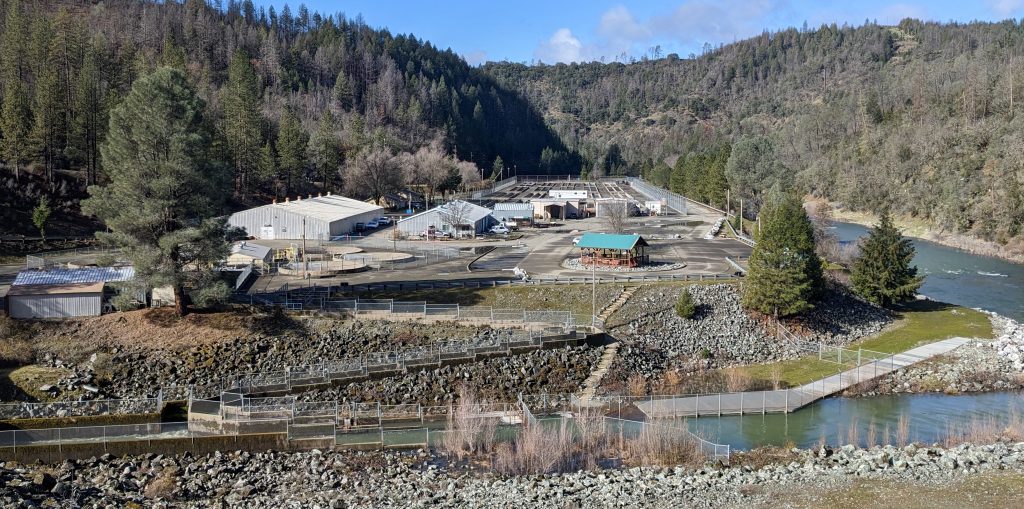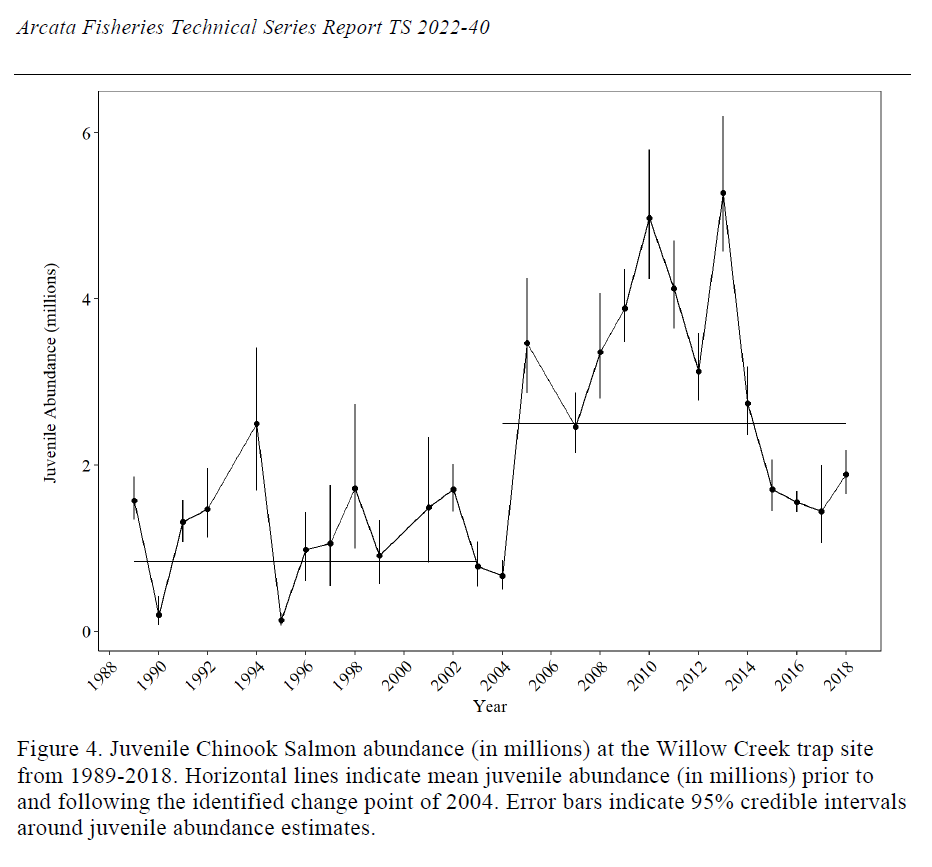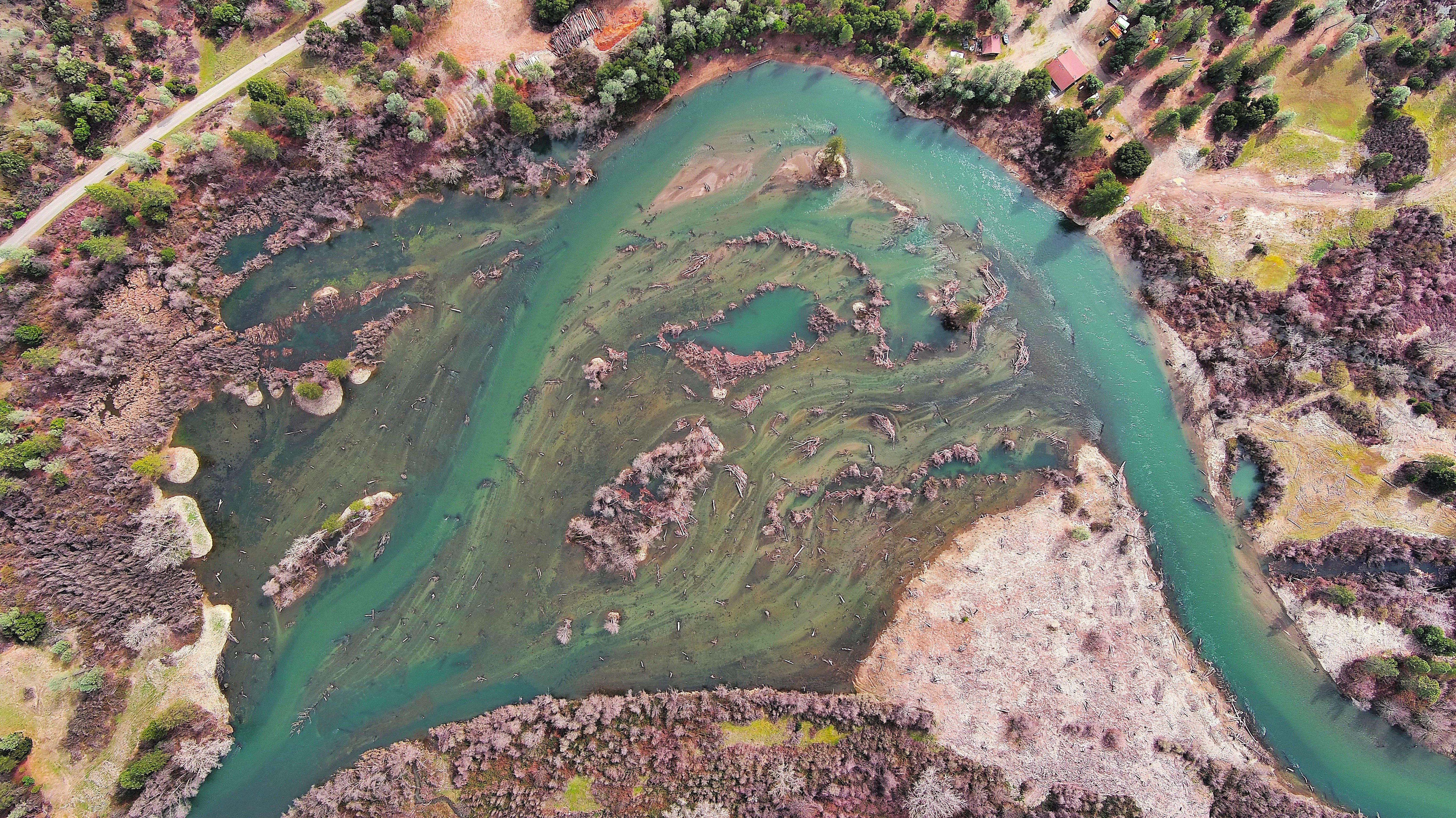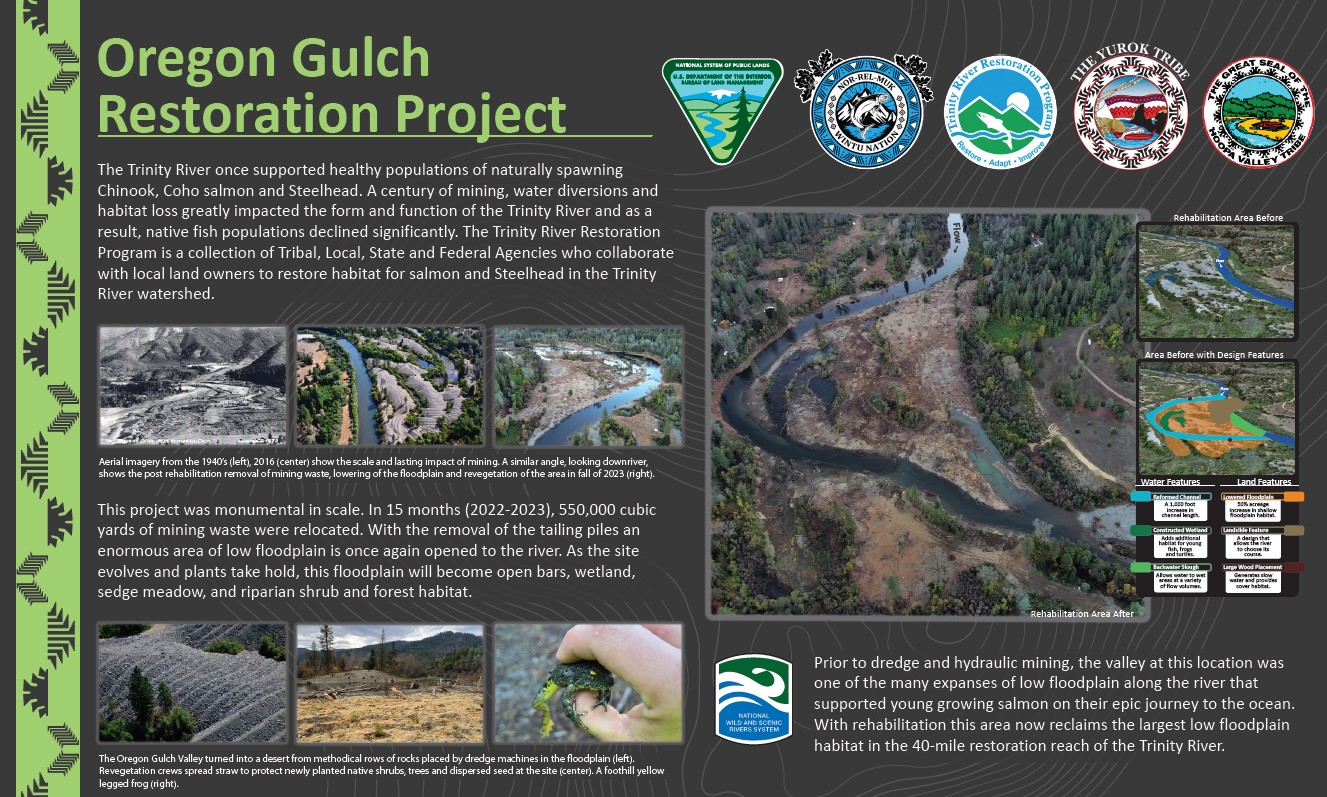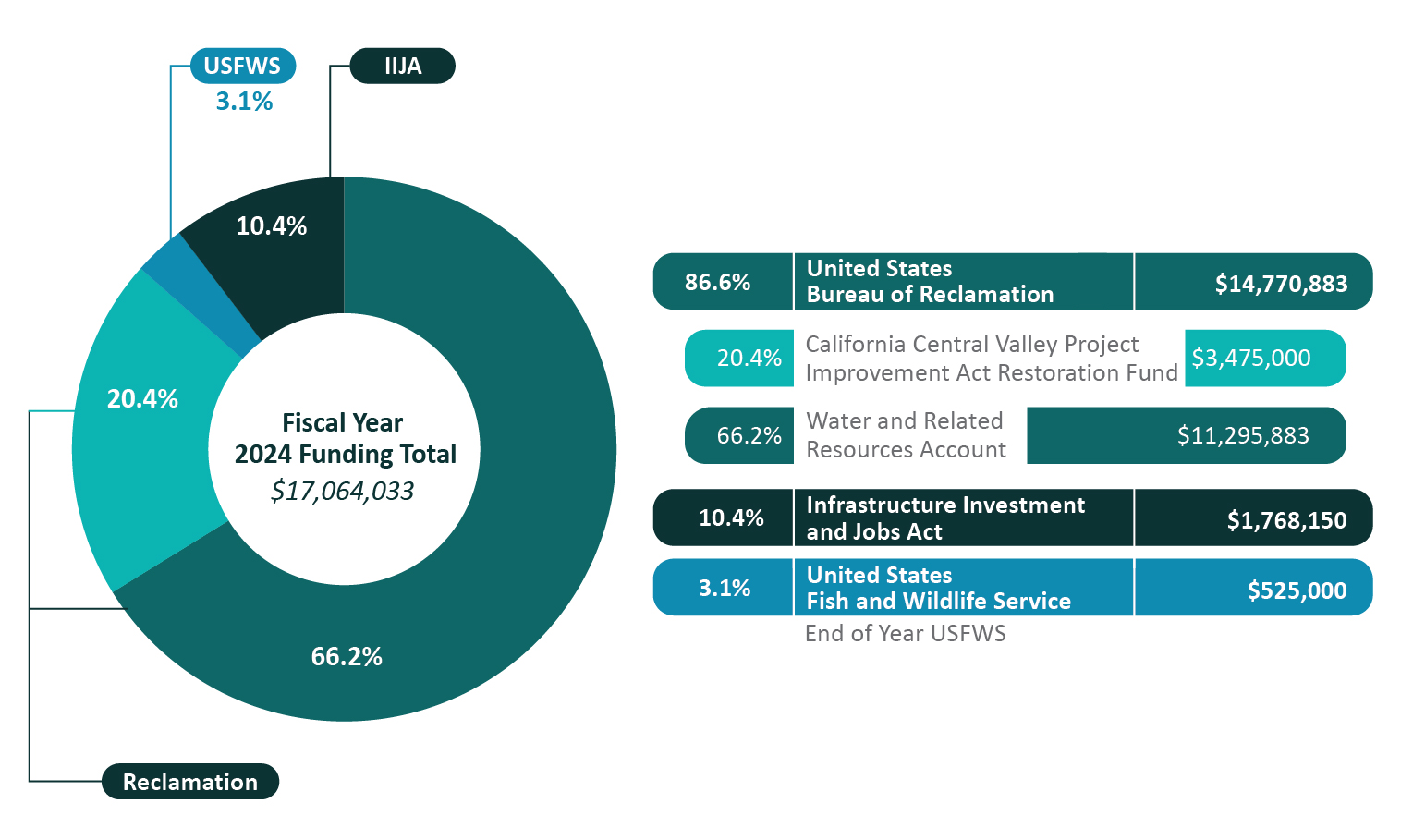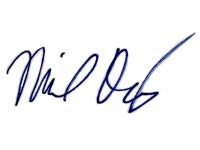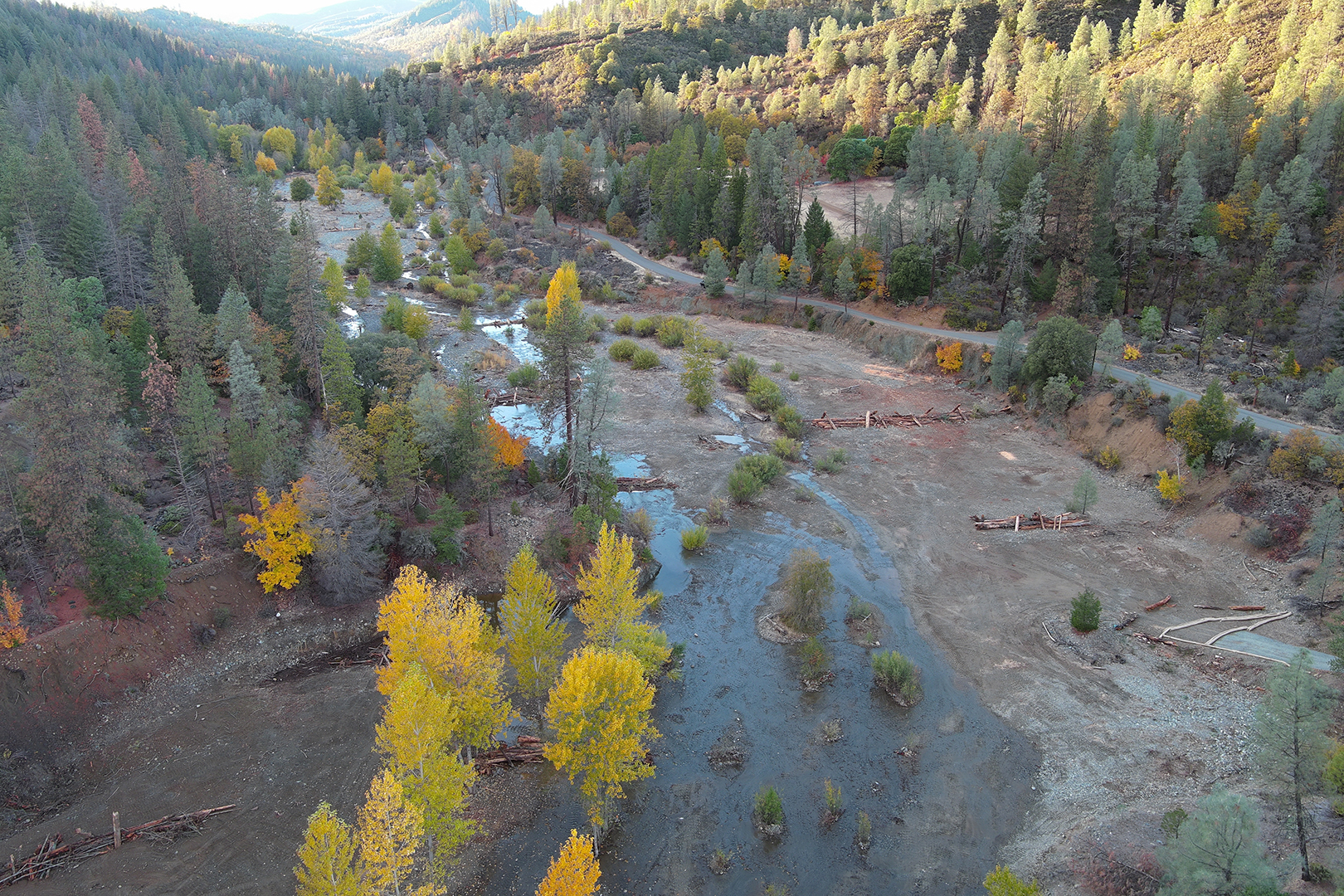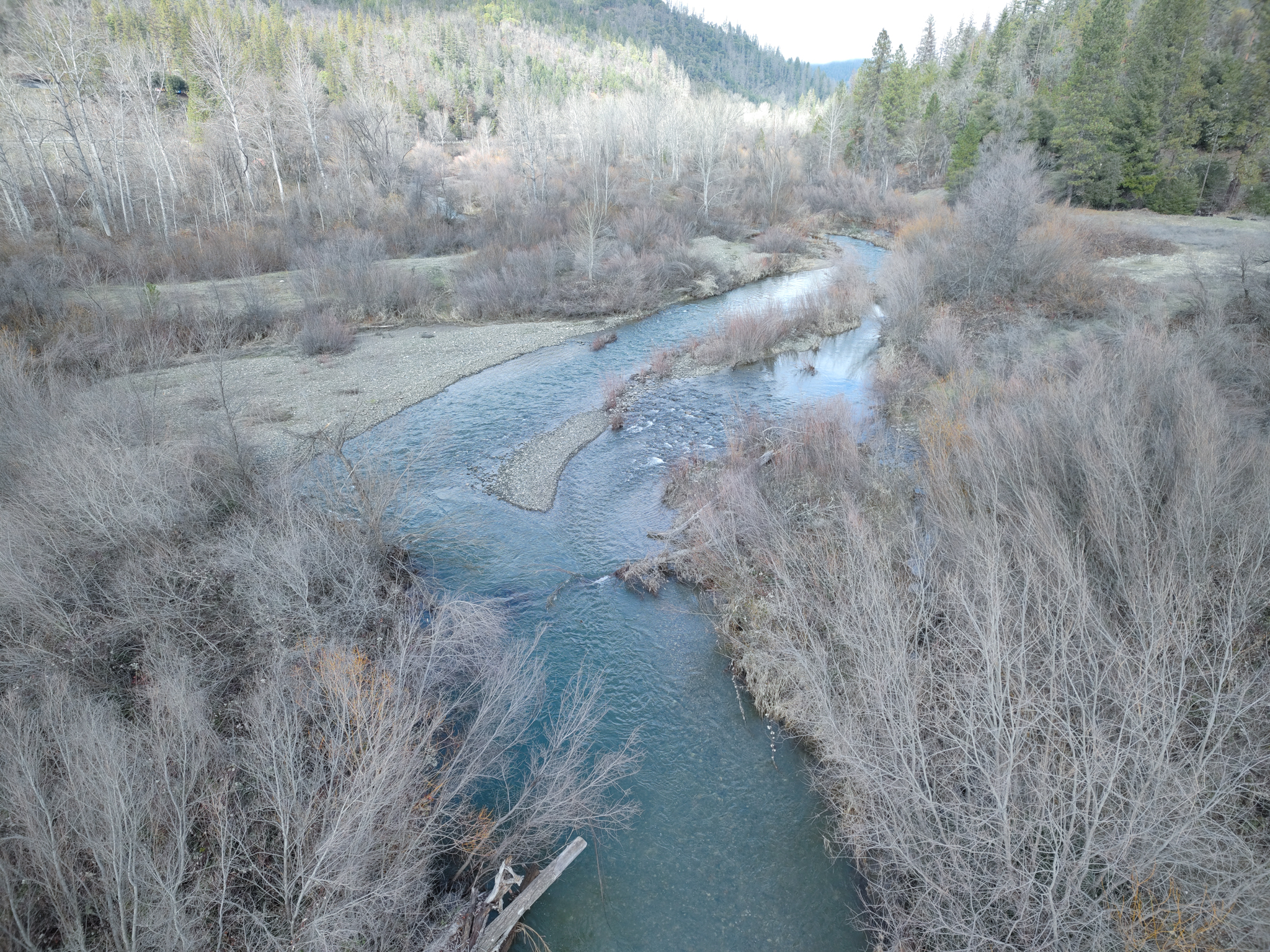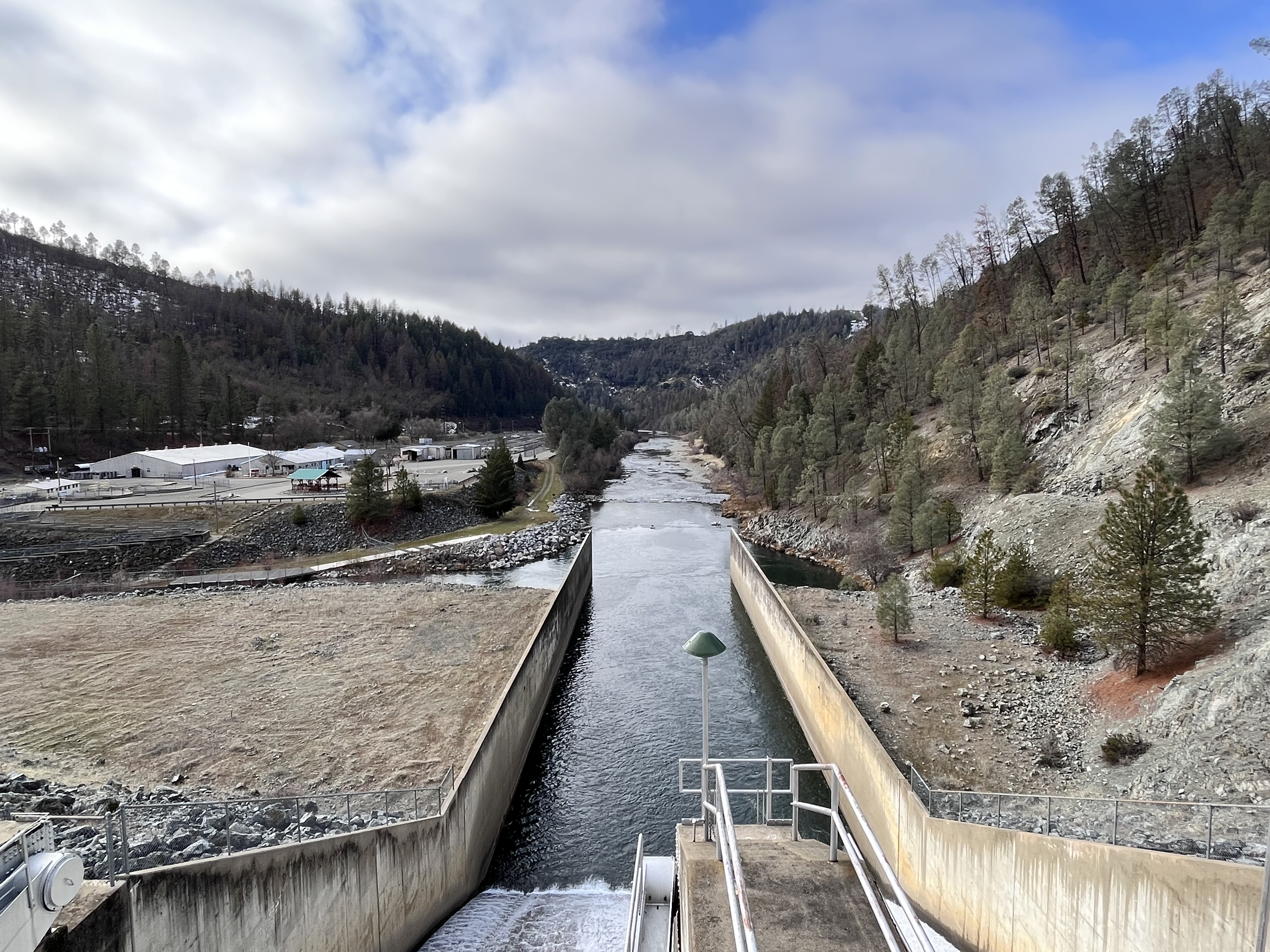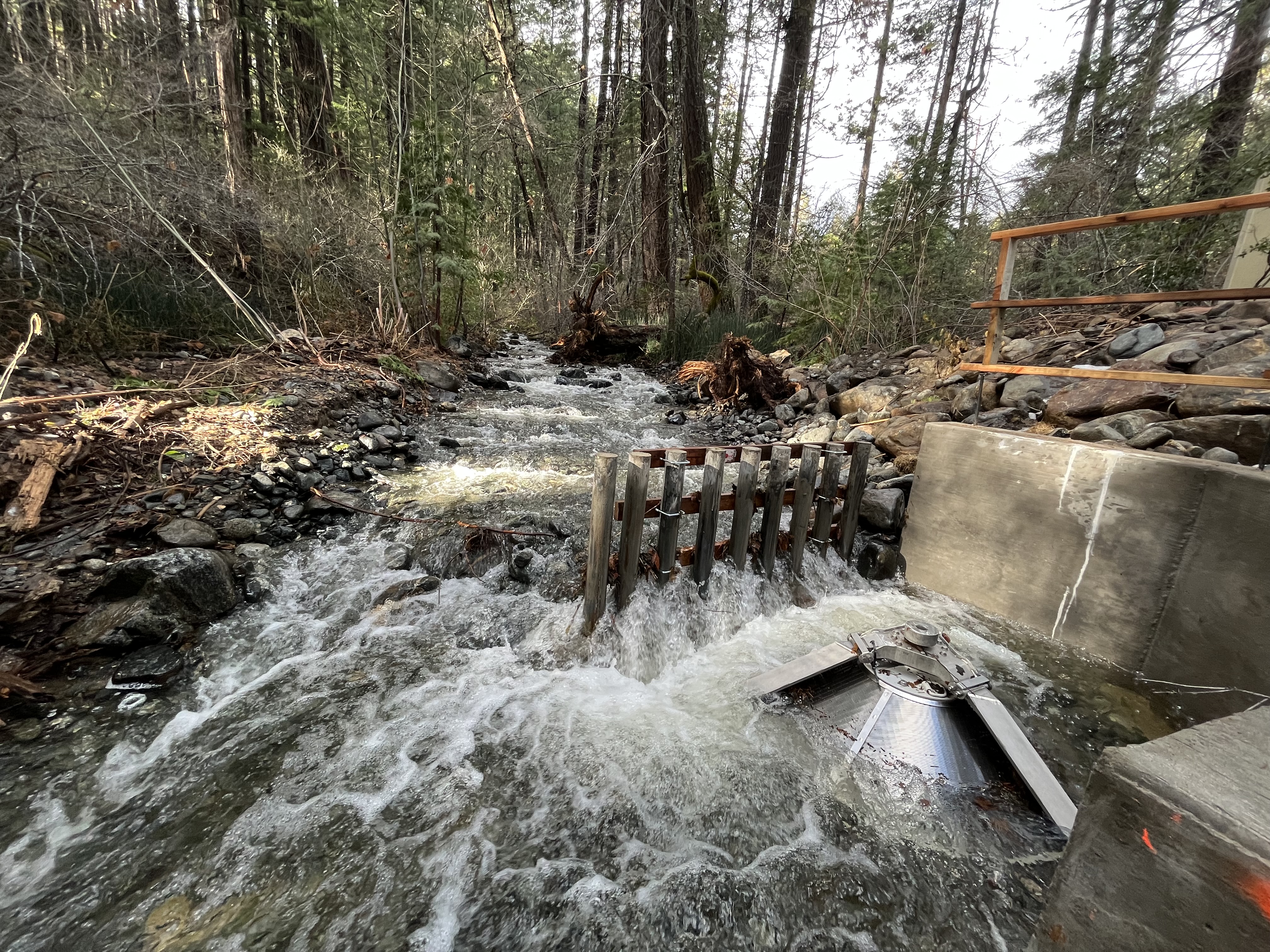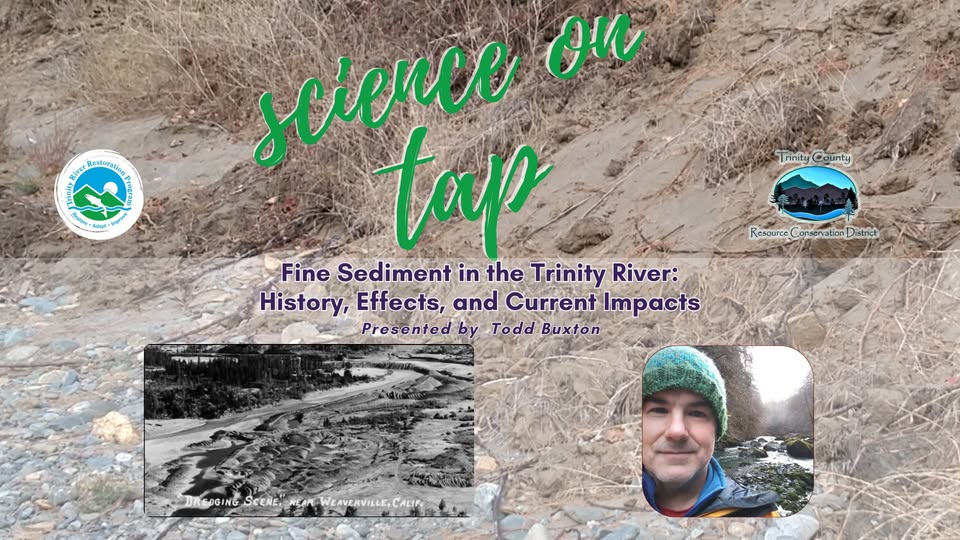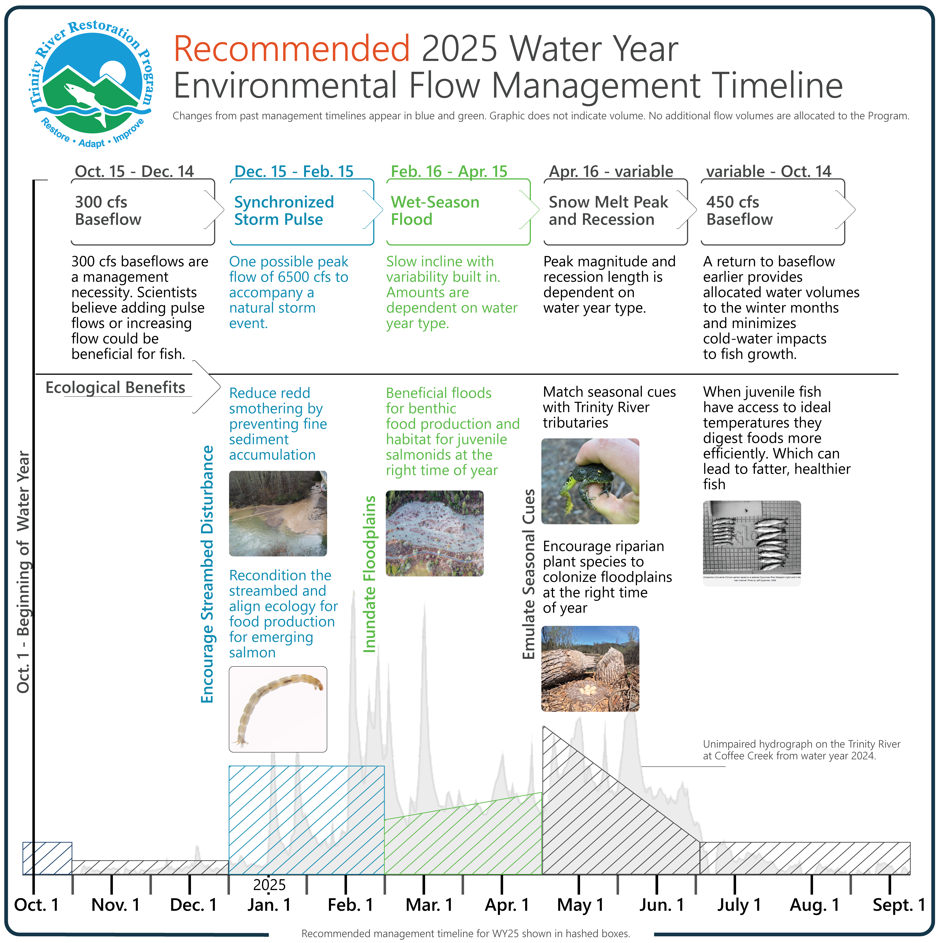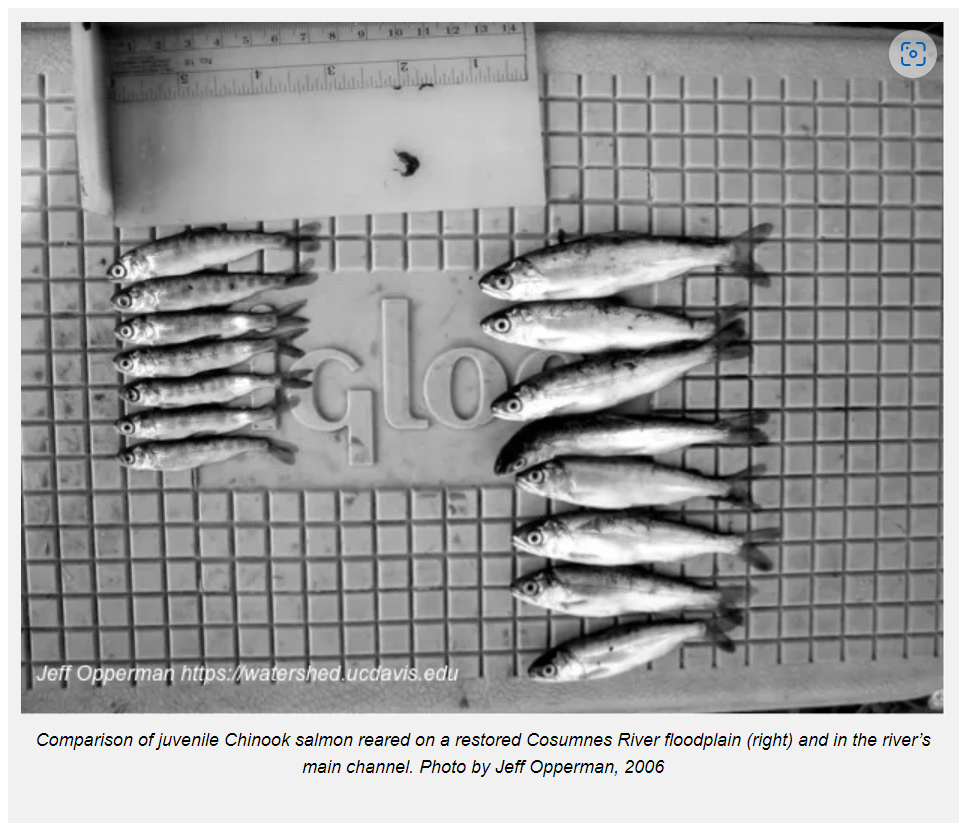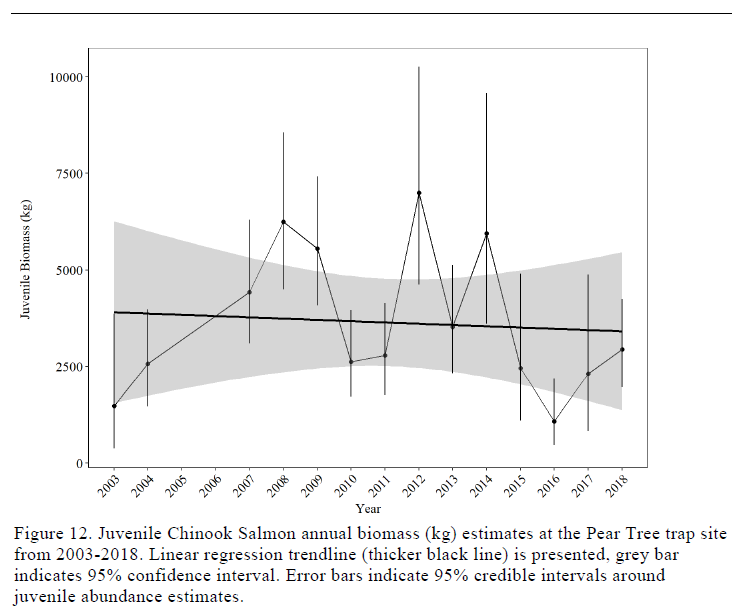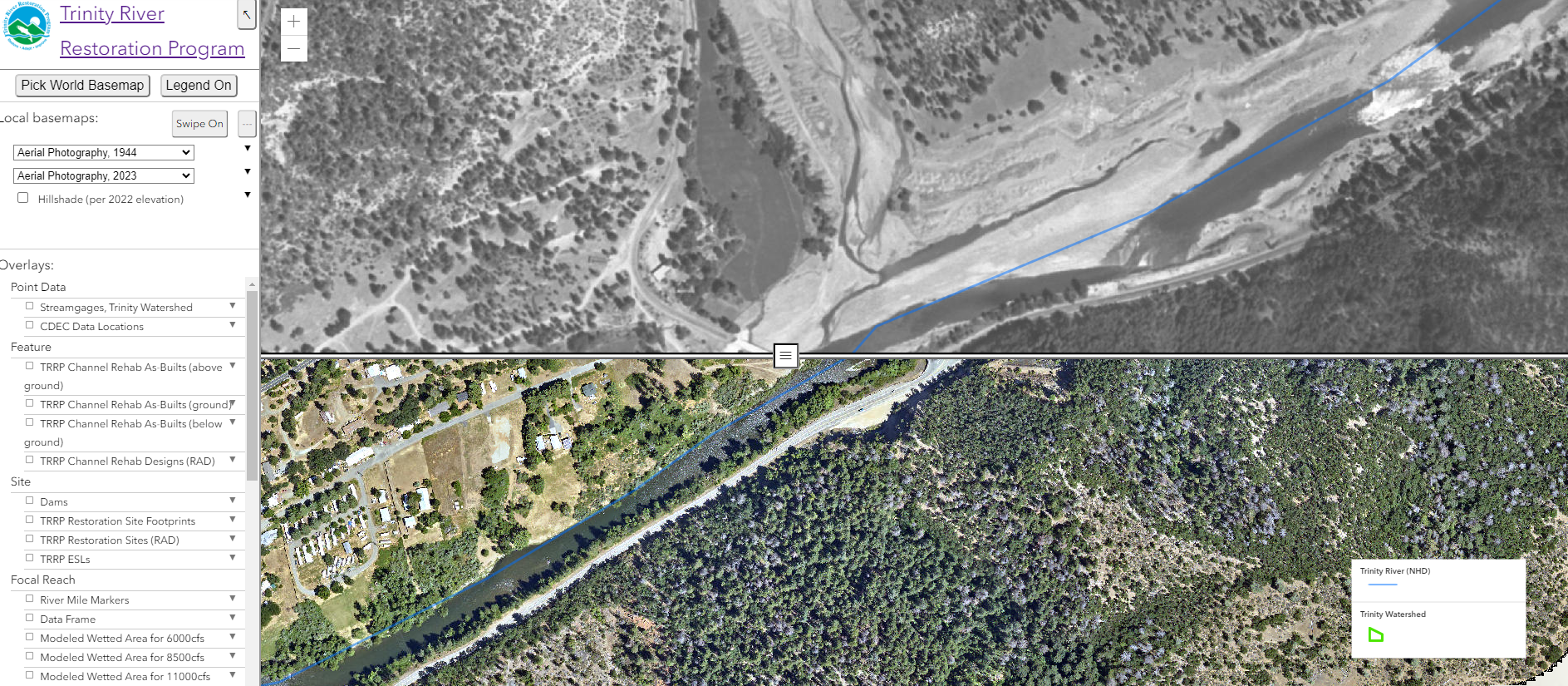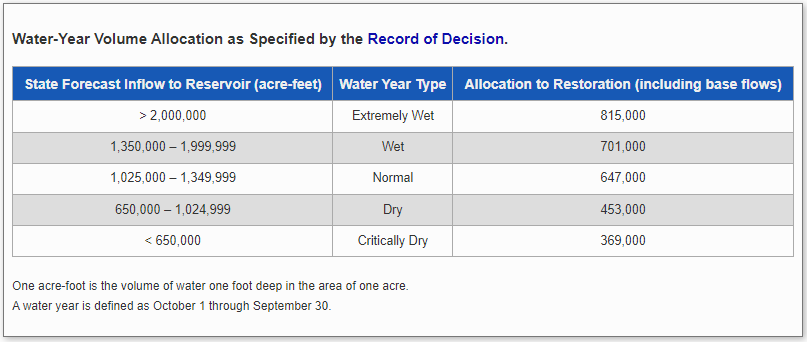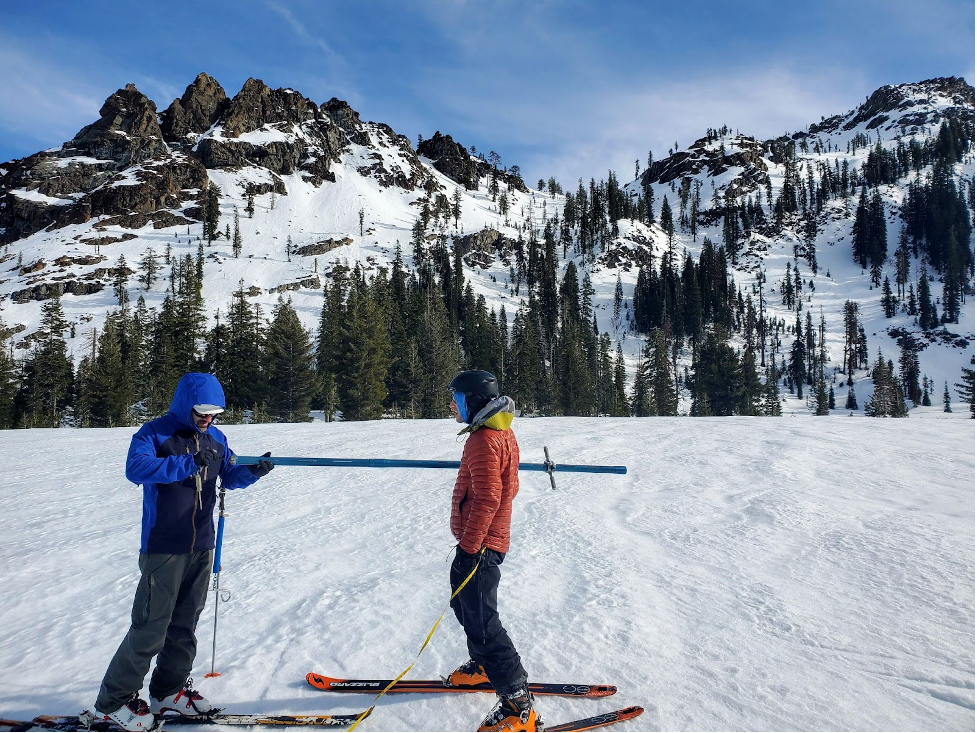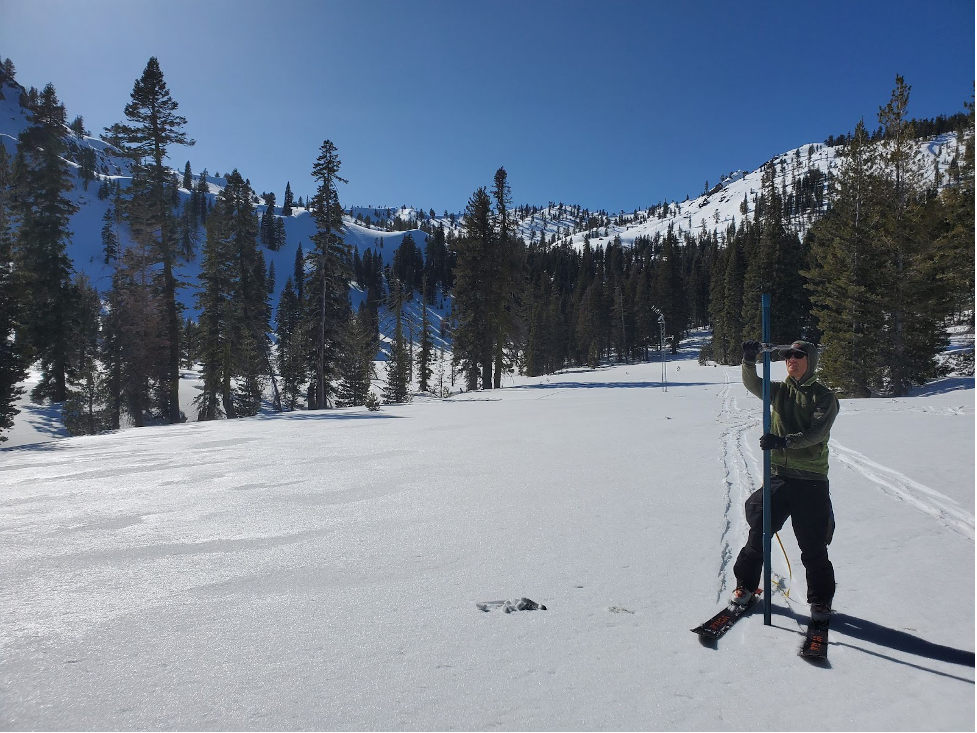Wait, bats? Of the river? Yes! A river is more than its bed and banks, it is also intricately tied to the valleys, canyons, and forests through which it flows. Many North American bats are tightly associated with proximity to both forest cover and water (e.g. Dixon 2012), and the bats of the Trinity River watershed follow suit. In fact, some of our bats do almost all of their foraging over and near water, which in a dry, mountainous landscape like ours, means over the Trinity River and its tributaries.
Bats are the second largest order of mammals in the world, with >1,400 species on every continent except Antarctica, though a majority of those species are in the hyper-diverse tropics. The Klamath Mountains, through which the Trinity River flows, are home to at least 18 species (Reiss, Kauffman, and Feldman 2022). Some of these are year-round residents and are known to hibernate locally, whereas others migrate to warmer climates during the winter. All of our local bat species echolocate, meaning they essentially “yell” in very high frequency sound and then listen for the echoes (the same concept as sonar), which helps them navigate and feed in a dark world.
While the incredible worldwide diversity of bats includes many unique feeding styles such as nectar-feeding flower pollinators, fruit eaters, and (a bat fan favorite) bats that fish for food like the super cool fish-eating myotis, all of the bats in the Trinity watershed eat invertebrates like insects and spiders. That said, there’s a remarkable range of ways that they do that. Let’s take a look at a few of the species that call the Trinity River watershed home.
Myotis species
Of the bats discussed here, the five or more small, brown, round-eared species of Myotis in our area are perhaps the closest to what people think of when they think of a “bat”. Their appearance exemplifies the German word for bat, Fledermaus or “flutter mouse”, though bats are much more closely related to deer, whales, and carnivores than to rodents.
Yuma myotis (Myotis yumanensis) are among the most frequently encountered species in the region and are “aerial insectivores”, meaning they forage on flying insects. They can be found flying along forest edges but most commonly over slow-moving water, typically only a couple feet above the river. This is because while they will also take things like moths and beetles, they are strongly predisposed to hunting emerging aquatic insects like caddisflies and midges. They make low, repeated passes over water smooth enough for their echolocation to detect the disturbance of insects on the waters’ surface. In areas where few large trees are found, they will form maternity roosts in buildings; these are where large groups of females gather together to raise their pups until they are old enough to disperse. However, in areas of the West including parts of the Trinity River where there are healthy riparian areas with large, old trees, they will roost in things like hollowed-out old cottonwood trees. This is one of the reasons that the Trinity River Restoration Program attempts to avoid impacts to mature riparian forests when building our restoration projects.
Another Myotis worthy of note is the little brown bat (Myotis lucifugus). While they are less abundant than Yuma myotis in the Trinity River region (Pierson and Rainey 2007), they are strongly predisposed to roosting in buildings and thus relatively commonly encountered. They are noteworthy in that, while fairly generalist in their feeding habits, they eat disproportionately large numbers of mosquitoes, making them allies of their human neighbors (Wray et al 2018). They have quite a large range, extending from the subarctic to the southern US, and through the late 2000s were among the most common bats on in North America. However, they are now classified as endangered by the International Union for Conservation of Nature because of the catastrophic impacts of an introduced disease called white-nose syndrome; it is estimated that the eastern and midwestern populations of the species have declined by 90% since 2010.
Pallid bat
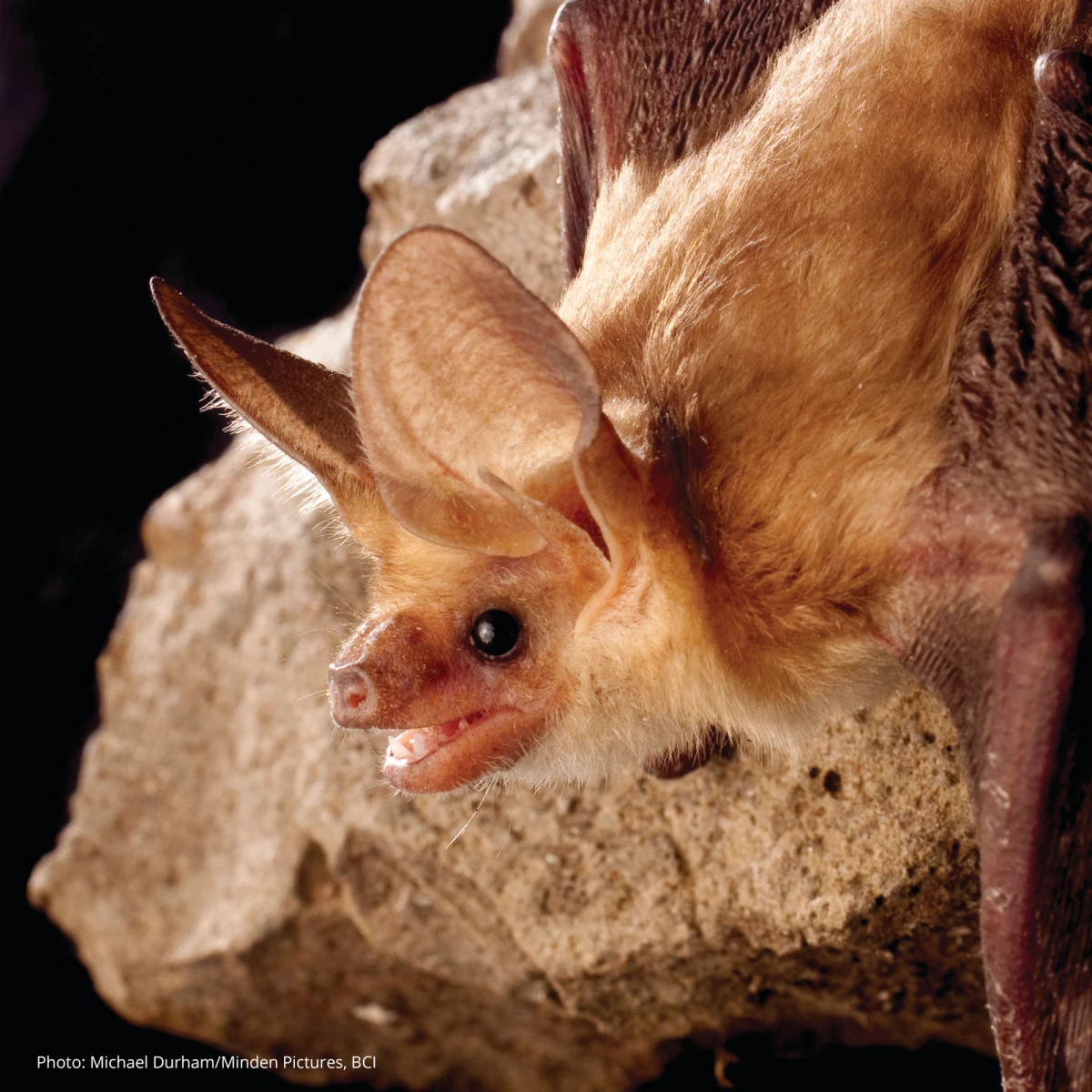
In contrast to the myotis bats described, pallid bats (Antrozous pallidus) are quite large, with a wingspan of up to 16 inches. Beyond their large size, they also have enormous ears that can be a third of their body length. This is because rather than catching insects on the wing, they are gleaners, meaning they hunt prey on structures or, in their case, the ground. They are still capable of echolocation, but their over-large ears also allow them to listen for the sounds of their prey and target them that way. They are particularly fond of scorpions, of all things. Their inconsistent use of echolocation and ground-hunting behavior also means they tend to hunt in more arid or open areas, but they still stay relatively close to water. They frequently roost in trees in northern California (Baker et al. 2008) but can also be loyal users of strategically located buildings as night roosts. Night roosts are places that bats hang out for a variety of reasons including rest, digestion, picking apart large prey items, and various social interactions including information sharing (Ormsby et al. 2007). For several years, I have observed congregations of 5-20 pallid bats in the same corner under my eaves almost every night when overnight lows temperatures exceed 45oF. I appreciate them keeping the front of my house scorpion-free!
One fun fact about the pallid bat is that it is officially the state bat of California!
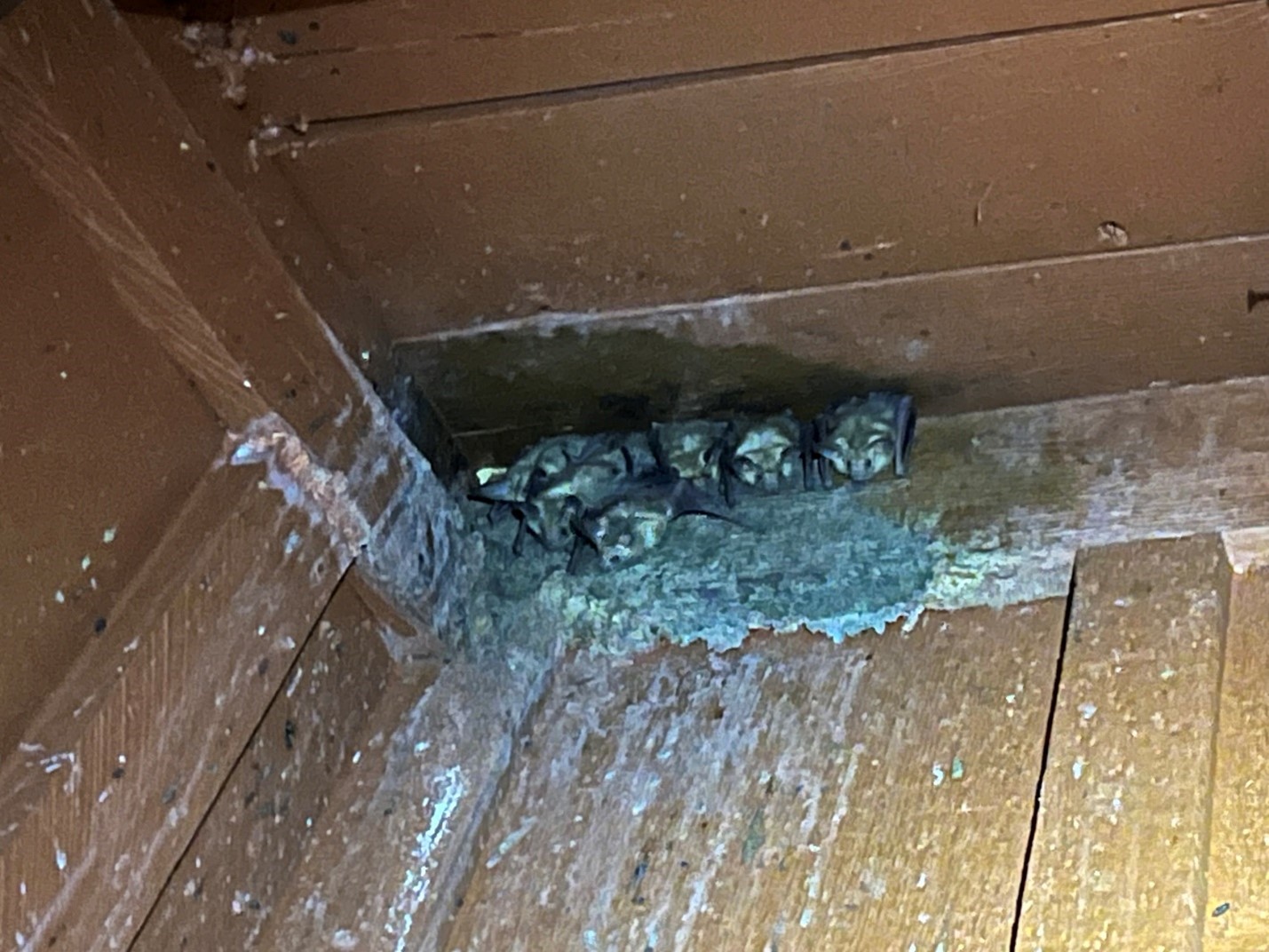
Hoary bat
Hoary bats (Lasiurus cinereus) are striking in appearance. Rather than the shades of brown with which bats are often portrayed, the hoary bat has dark fir with brightly frosted tips and a yellowish face. Also unlike many bats of the temperature regions, it doesn’t hibernate – rather, it spends its summers from the northern U.S. (including northern California) well into Canada, and then in the fall migrates sometimes over 2,000 km south to a winter range that extends from the Southwest into Central America (Cryan et al 2004).
Rather than flying low over the water or ground or on the edges of forest, the hoary bat is a high-flying moth specialist that makes long passes over open water or the top of the forest canopy, sometimes flying almost 25 miles in a night of hunting. The coevolution of bats and moths has been a subject of long study, as there is evidence that echolocation by moth-hunting bats drove the evolution of ears and evasive behaviors in moths, which in turn changed how moth-specialist bats echolocate (Ter Hofstede and Ratcliffe 2016).
Hoary bats are more solitary than most of our bats and tend to roost individually by hanging from tree branches like dead leaves, but they can form large aggregations around landmarks during their long southward migrations. This means that after they leave our Klamath Mountains, they are often recorded in what would seem to be pretty unusual places for a bat – they have been observed swarming ships at sea and commonly recorded over the Farallon Islands 30 miles off the coast of San Francisco. These long, sometimes over-water migrations also presumably led to one of the more unlikely events in the history of bats – the colonization of the Hawaiian Islands over 1.3 million years ago by hoary bats from what is now the west coast of the U.S. In this single founder event, wayward bats established the most isolated bat population in the world, which has since diverged significantly into its own species, the critically endangered Hawaiian hoary bat (Lasiurus semotus).
Bats and people
I have already mentioned how a couple of our native bats benefit people by controlling pests, and that topic has been the subject of many publications. Suffice it to say, bats are very important to the ecology of the Trinity River watershed and provide services to its people here and throughout the world, but they can also be inconvenient and, occasionally, dangerous to people. Here are a few suggestions for living with bats.
- First and foremost – while bats don’t “carry” rabies (it is also deadly to them), the abnormal behavior of rabid bats is what often brings them into contact with people. NEVER pick up a bat that you encounter. It is unlikely that it has rabies, but the consequences of contracting rabies are so serious that it is not worth the risk. If you encounter a bat in your house, shoo it out but do not handle if it all avoidable – you’d be surprised how thick of a glove a bat can bite through!
- If you have the space for it, embrace an untidy yard. Long grass provides a home for large insects like crickets that are preyed upon by our gleaning bats. Leaving fall leaves until the following spring allows many types of caterpillars and beetle grubs to use them as winter cover, providing food for our aerial insectivores the following summer. Trees with loose bark cavities or large are used by many species for roosting and can be left as habitat where they do not cause a hazard.
- Many species like to use buildings for day or night roosts or for hibernation. Sometimes this isn’t a huge deal – I already mentioned that I appreciate the night roost above a seldom-used door at my house, and even use their guano as a garden amendment. However, in confined spaces like the walls and attics of buildings, the guano can become smelly and damage walls, and bats roosting in those places sometimes find their way into parts of those buildings with people (not a good thing, as already discussed). Many pest control companies have experience with excluding bats in a humane way (essentially letting them fly out but not back in). If you need bats evicted from your home, try to wait until late summer when the pups have fledged, so as not to separate foraging mothers from their flightless pups.
- If you’d like to encourage bats to use your property, you can build or buy prefabricated bat houses. The trick in a climate like that of the Trinity watershed with sometimes intensely hot days and cool nights is to find the right sun exposure. Nursing mothers and pups want a spot that will gather and retain heat into the evening but will not get so hot during the day as to be uninhabitable. There’s an element of trial and error (and luck) to getting bats to move in, but it’s a great way to provide wildlife habitat and help keep your bugs down. For more resources on gardening and bat houses, this is a great place to start: Bat Gardens & Houses – Bat Conservation International.
References
Baker, Michael D., Michael J. Lacki, Greg A. Falxa, P. Lee Droppelman, Ryan A. Slack, and Scott A. Slankard “Habitat Use of Pallid Bats in Coniferous Forests of Northern California,” Northwest Science 82(4), 269-275, (1 September 2008).
Dixon, Michael D. “Relationship between land cover and insectivorous bat activity in an urban landscape.” Urban Ecosystems 15 (2012): 683-695.
Ormsbee, Patricia C., James D. Kiser, and Stuart I. Perlmeter. 2007. Importance of night roosts to the ecology of bats in Michael J. Lacki, John P. Hayes, and Allen Kurta, eds. Bats in Forests – Conservation and Management. The John Hopkins University Press: pp 129-151.
Pierson, Elizabeth D. and William E. Rainey. 2007. Bat distribution in the forested region of Northwestern California. Report for California Department of Fish & Game, Contract #FG-5123-WM.
Reiss, Karen, Michael Kauffman, and Chris Feldman. Mammals in Michael Kauffman and Justin Garwood, eds. (2022). The Klamath Mountains – A Natural History. Backcountry Press. Pp. 428-430.
Ter Hofstede, Hannah M., and John M. Ratcliffe. “Evolutionary escalation: the bat–moth arms race.” Journal of Experimental Biology 219.11 (2016): 1589-1602.
Wray, Amy K.; Michelle A. Jusino, Mark T. Banik, Jonathan M. Palmer, Heather Kaarakka, Paul White, Daniel L. Lindner, Claudio Gratton, and M. Zachariah Peery, (2018). “Incidence and taxonomic richness of mosquitoes in the diets of little brown and big brown bats”. Journal of Mammalogy. 99 (3): 668–674.
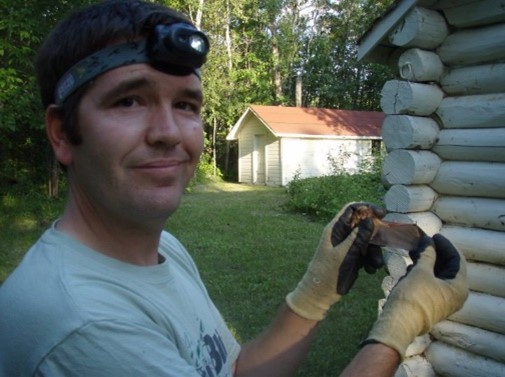
Mike Dixon is the Executive Director of the Trinity River Restoration Program and a northern California native. He fell in love with the Trinity River and Klamath Mountains while assigned to his first duty station at Coast Guard Air Station Humboldt Bay. He received a Ph.D. in Conservation Biology from the University of Minnesota, Twin Cities, where his dissertation focused on the landscape ecology and population genetics of bats. He lives on a small, perennial tributary of the Trinity River near Weaverville.
Photo: The [much younger] author with a little brown bat in Voyageurs National Park


